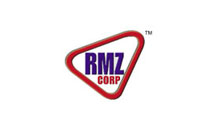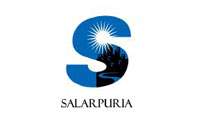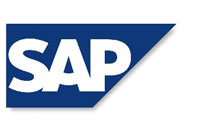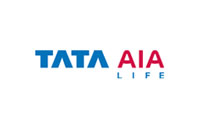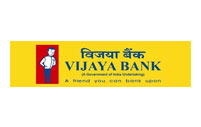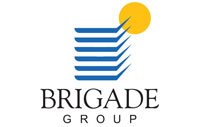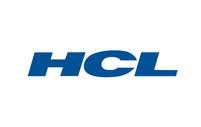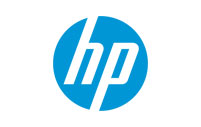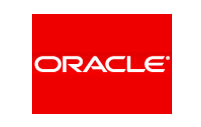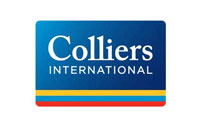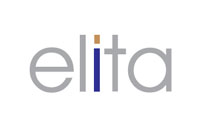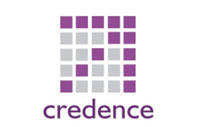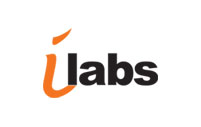CCTV Systems
These systems can be used for visual control and supervision over designated areas in local or remote locations. Using multi channel Video Multiplexers and Cameras that scan/ pan/ tilt, simultaneous images from many cameras can be monitored/ recorded on a single frame. Using Real time or Time Lapse Recording, these images can be stored on videotape, computer's hard drive or Digital Video Recorders for records.
The images can also be transmitted continuously over Optic Fiber, Telephone lines, Internet, Wireless Transmission, etc., for observation at a remote location.
Closed Circuit TV Surveillance Systems
Monochrome & Color CCTV Systems :
High resolution monochrome systems are the popular choice for 24 hour indoor surveillance applications, especially when light conditions are low, or prone to be fluctuating. Monochrome systems are capable of delivering an exceptionally high degree of picture sharpness, owing to good resolution, even at very bad lighting conditions and also are the suitable choice for applications that might require facial recognition.
With recent advances made in color digital image processing technology, high resolution images are also now delivered by Color CCTV Systems. Hence they are the popular choice for general outdoor, indoor surveillance where minimum lighting is available, specially drive-ins, cark park areas, vehicular movement monitoring, etc.,
Multiple camera and monitor system :
When a surveillance system involves, more than one camera, a video switcher would be required as an interface unit, between cameras and monitor. The switcher will automatically switch from one camera to the other, allowing the screening of all images on a single monitor.
a)Sequential Switcher / Quad splitter based are video switcher systems that sequentially switch from one video image to another. Alternatively, the operator can manually switch between specific cameras and view areas of immediate interest. This would be a cost effective solution, as compared with the multiplexer system.
b)Multiplexer based system, is a more complex form of a switcher, where-in picture frames are grabbed from each camera input, within a fraction of a second, and then displayed on a single monitor. A high-speed repetition of this action offers a virtually simultaneous view of all camera images at the same time.
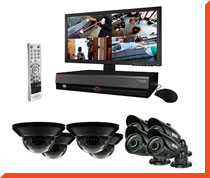
The monitor screen is divided into several blocks, and multiple images are projected at the same time. The multiplexer system would be recommended for highly sensitive areas of surveillance, and where simultaneous video recording of all camera images would be mandatory.
c) The Digital Video Recorder is a combination of a Video Multiplexer and a Digital Recorder integrated as one unit. DVRs are available with 4, 9, 16 & 32 Video Channel Inputs, with hard disk storage space of 80, 120 - 500 GB, with extended RAID capacity running into Terra bytes of memory. This allows for Video data of multiple camera images to be backed up for over a month, and reviewed when necessary. Powerful Date & Time based search features allows Security personnel to quickly home into required images of each camera, for detailed review.
Further DVRs are also incorporated with CD/DVD writers for copying clips, that can be convenient transferred. Advanced DVRs are also IP enabled, facilitating image monitoring through the DVR from a remote client.
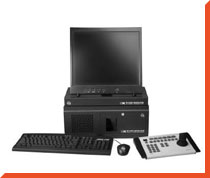
Additional to onboard Jog buttons for PTZ control of Cameras, a separate keyboard with joystick, can be added on, for convenient panning, tilting & zooming of each PTZ camera. Control signals from the DVR are transmitted simultaneously through the existing Video signal Cable to the required PTZ camera.
d) Matrix switcher based : The Matrix Switcher, is usually used for systems involving multiple cameras, and multiple monitors. A keypad console transfers and routes, required camera images to required monitors.
This system is also the ideal choice, when pan/tilt/zoom features are required for multiple cameras. In a multi camera systems, the matrix switcher transfers control of the pan/tilt joystick and zoom control buttons to the required camera.
e) Pan/Tilt/Zoom controlled systems : The panning of a camera is the horizontal movement to and fro movement on a fixed central axis. Similarly the tilting of a camera is the vertical up-down motion of a camera on a fixed central axis.For this purpose, a motorized camera stand that can be remotely controlled through a joy stick or keypad is utilized.When motorized Zoom lenses are used, in conjunction, with the camera, the operator is able to zoom out or into a particular area of concern, while monitoring a secure area.
A CCTV surveillance network, with IP connectivity & Remote monitoring capability
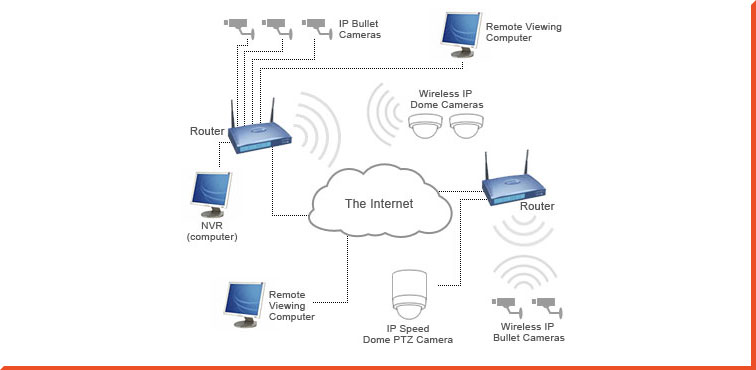
Fiber Optic connectivity is preferred for Video transmission, where distance between cameras and control equipment is over 500mtrs, or in situations, where high EM interference is distorting Video signals, while transmission through cable. Since Video signal losses occur in lengthy cables due to cable resistance, Optical fiber is an ideal choice to deliver high quality video images across huge distances.
Wireless transmission is another mode of Video & control signal transmission across cameras & control equipment. This solution is chosen, when cabling or optic fiber solutions are not practical. Also when Cameras are located on high towers, across a huge area, wireless transmission would be an ideal & cost effective choice.
Central Monitoring Stations (CMS) are areas, where all camera images are monitored by security personnel who are trained to detect suspicious occurrences or threats. Security Personnel are also trained to take immediate and decisive action to contain the situation, before major loss of life & property occurs. This station can be locally situated on premises or remotely situated. Images to remote sites are fed through dedicated PSTN lines or through the internet. Central monitoring stations are also equipped with facilities for recording & maintaining Video data that might be required for later reviewing or reference.



